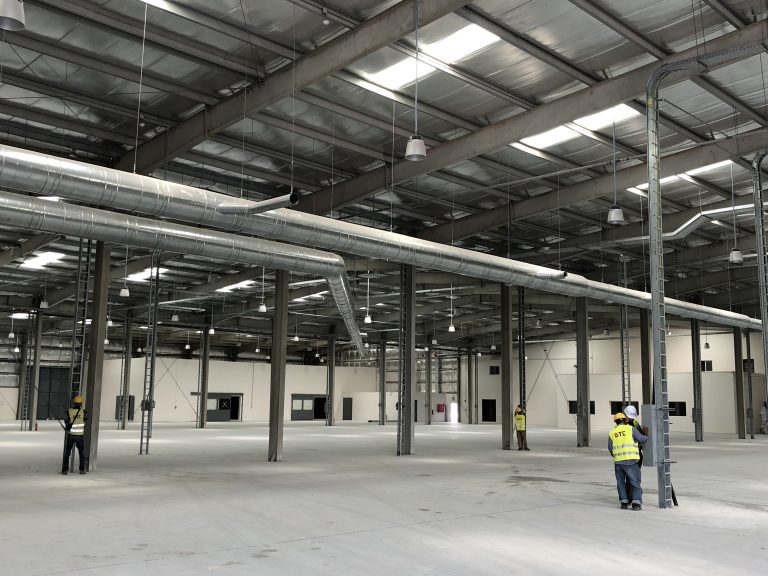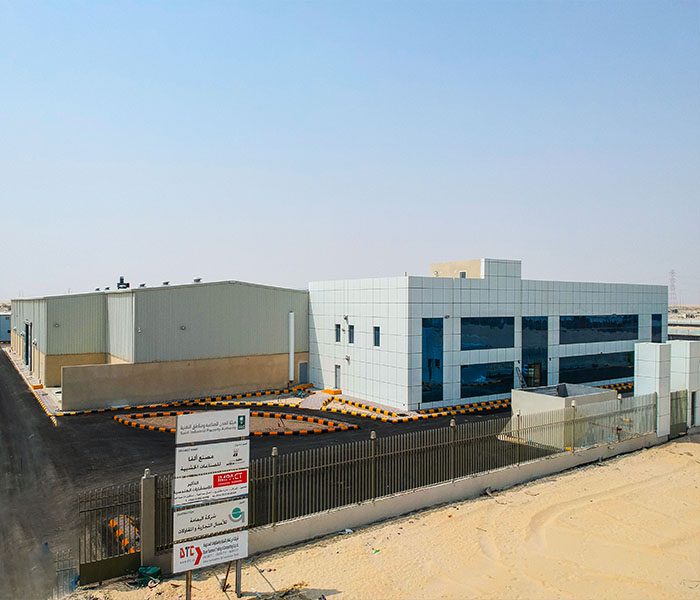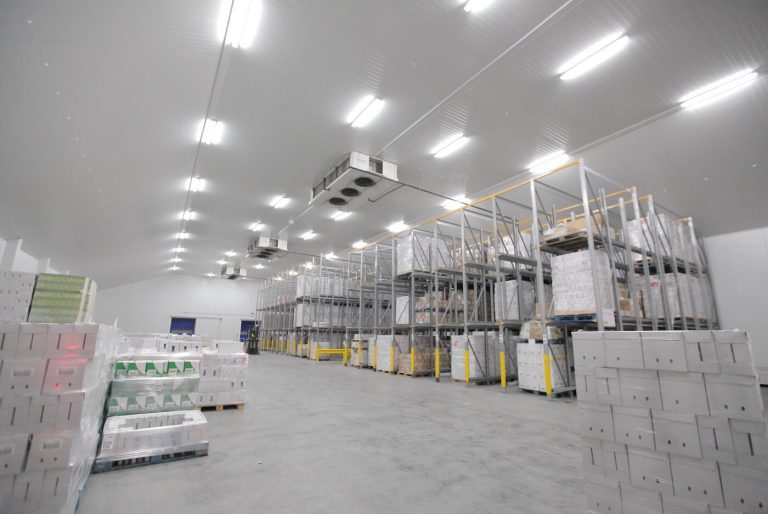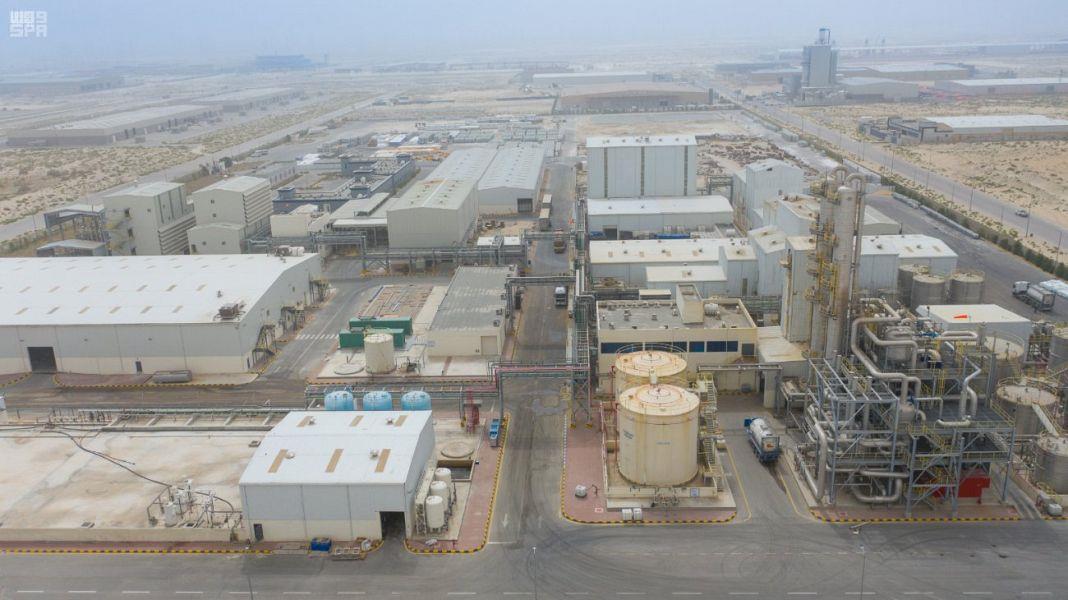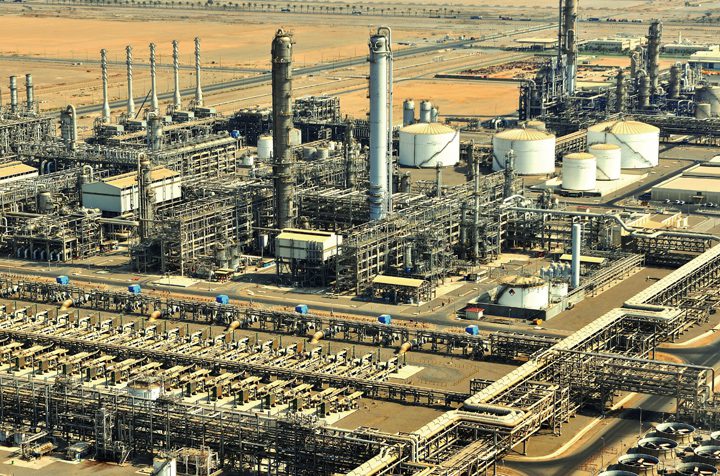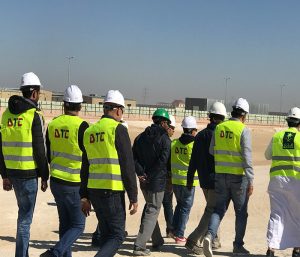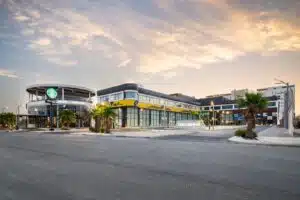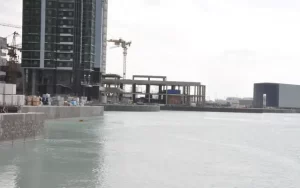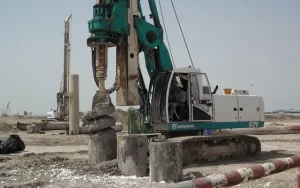Cold storage warehouses play a crucial role in maintaining the integrity of perishable goods, ensuring that products like food, pharmaceuticals, and other temperature-sensitive items remain fresh and safe for consumption. Optimizing warehouse construction for cold storage in Saudi Arabia involves a combination of strategic planning, advanced technology, and adherence to local regulations and environmental conditions. Here’s how you can achieve that with the expertise of DTC General Contracting Company.
Understanding Cold Storage Requirements
Temperature Control
Cold storage warehouses need to maintain precise temperature ranges to preserve different types of goods. This involves:
- Insulation: High-quality insulation materials for walls, roofs, and floors to maintain stable temperatures.
- Refrigeration Systems: Advanced refrigeration units capable of sustaining low temperatures and providing backup power systems for emergencies.
Humidity Management
Maintaining the right humidity levels is essential to prevent spoilage and maintain product quality. Dehumidification systems can help control moisture levels inside the warehouse.
Strategic Location Selection
Proximity to Suppliers and Markets
Choosing a location close to suppliers and key markets minimizes transportation time and reduces the risk of temperature fluctuations. Consider:
- Access to Major Highways and Ports: Ensures quick and efficient transportation.
- Availability of Utilities: Reliable access to power and water is crucial for the consistent operation of refrigeration systems.
Local Climate Considerations
Saudi Arabia’s climate can pose challenges for cold storage. It’s essential to design warehouses that can withstand extreme heat and maintain internal conditions. Consider features like:
- Reflective Roofing Materials: To reduce heat absorption.
- Natural Ventilation: To help manage internal temperatures.
Advanced Design and Construction Techniques
Insulated Panels and Materials
Using insulated panels for construction helps in maintaining temperature stability. Materials like:
- Polyurethane and Polystyrene: Provide excellent thermal insulation.
- Thermal Breaks: Prevent heat transfer through walls and doors.
Energy-Efficient Systems
Integrating energy-efficient systems can reduce operational costs and enhance sustainability. Key systems include:
- LED Lighting: Generates less heat and reduces energy consumption.
- Energy Management Systems (EMS): Monitors and optimizes energy use.
Modular Construction
Modular construction techniques allow for faster and more flexible building processes. Prefabricated modules can be assembled quickly, reducing construction time and costs.
Incorporating Technology
Automated Systems
Automating warehouse operations can significantly improve efficiency and accuracy. Key technologies include:
- Automated Storage and Retrieval Systems (AS/RS): For precise inventory management.
- Temperature and Humidity Sensors: For real-time monitoring and control.
Warehouse Management Systems (WMS)
Implementing a WMS helps in managing inventory, optimizing storage space, and ensuring the timely movement of goods. Integration with temperature control systems can provide alerts for any deviations from desired conditions.
Ensuring Compliance and Safety
Regulatory Standards
Adhering to local and international standards for cold storage is essential. This includes:
- HACCP (Hazard Analysis Critical Control Point): Ensures food safety.
- ISO Standards: For quality and safety management.
Fire Safety
Fire safety in cold storage facilities is critical. Consider:
- Non-Flammable Insulation Materials: To reduce fire risk.
- Advanced Fire Suppression Systems: Such as water mist or gas-based systems that do not damage stored goods.
Sustainability and Environmental Impact
Renewable Energy Sources
Incorporating renewable energy sources like solar panels can reduce energy costs and environmental impact. Saudi Arabia’s sunny climate makes it an ideal candidate for solar energy integration.
Waste Management
Implementing efficient waste management practices helps in maintaining hygiene and sustainability. This includes:
- Recycling Programs: For packaging materials.
- Proper Disposal Systems: For expired or damaged goods.
Conclusion
Optimizing warehouse construction for cold storage in Saudi Arabia involves careful consideration of temperature control, strategic location, advanced construction techniques, technology integration, and compliance with safety standards. By partnering with experts like DTC General Contracting Company, you can ensure that your cold storage facility meets the highest standards of efficiency and reliability, supporting your business’s growth and sustainability.
Whether you’re starting a new project or upgrading an existing facility, these strategies will help you build a state-of-the-art cold storage warehouse that can withstand the challenges of the Saudi Arabian climate while maintaining the quality and safety of your perishable goods.


